When we gather together to taste new products, we sometimes meet some colleagues who "smell the fragrance", "What kind of tea are you brewing, it smells so good".
In the process of drinking tea, you can feel the fragrance from different angles of dry tea, cover fragrance, soup fragrance, and leaf bottom fragrance. In addition, a variety of fragrance types, fresh fragrance, floral fragrance, fruity fragrance... each has its own merits.
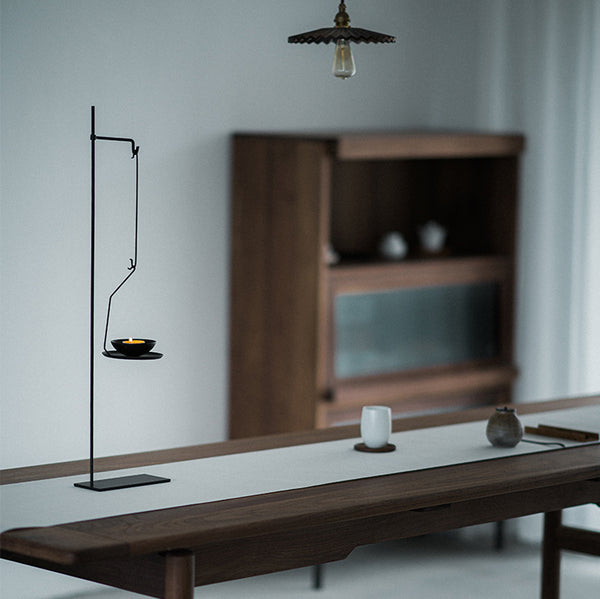
I don’t know if you have paid attention to a question: why is the aroma of tea so rich? In fact, the presentation of these aromas has a certain material basis. Its composition mainly includes these three points:
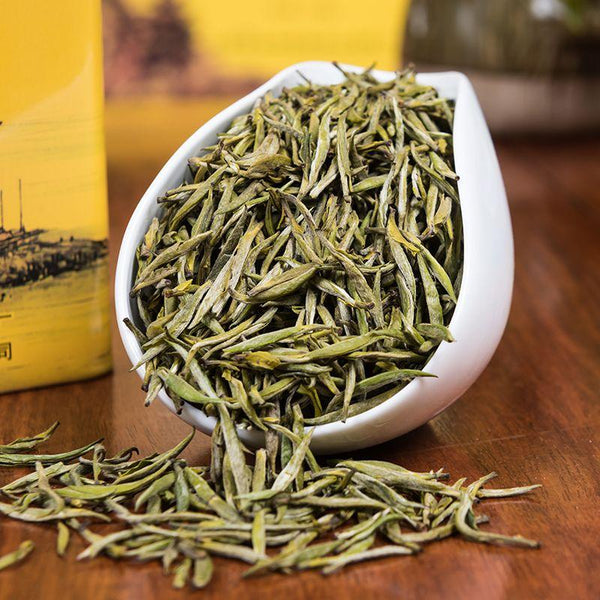
| Variety Fragrance - Natural Breath
Chinese tea has a long history of development, in the process of forming a rich variety of varieties. Just as different varieties of vegetables and fruits have different tastes, different tea trees have different flavors and flavors. For example, Meizhan is famous for its fragrance. The black tea, white tea, and rock tea made are very distinctive in the expression of aroma. They are very recognizable, especially Meizhan black tea, full of floral fragrance, will not forget when you smell it.
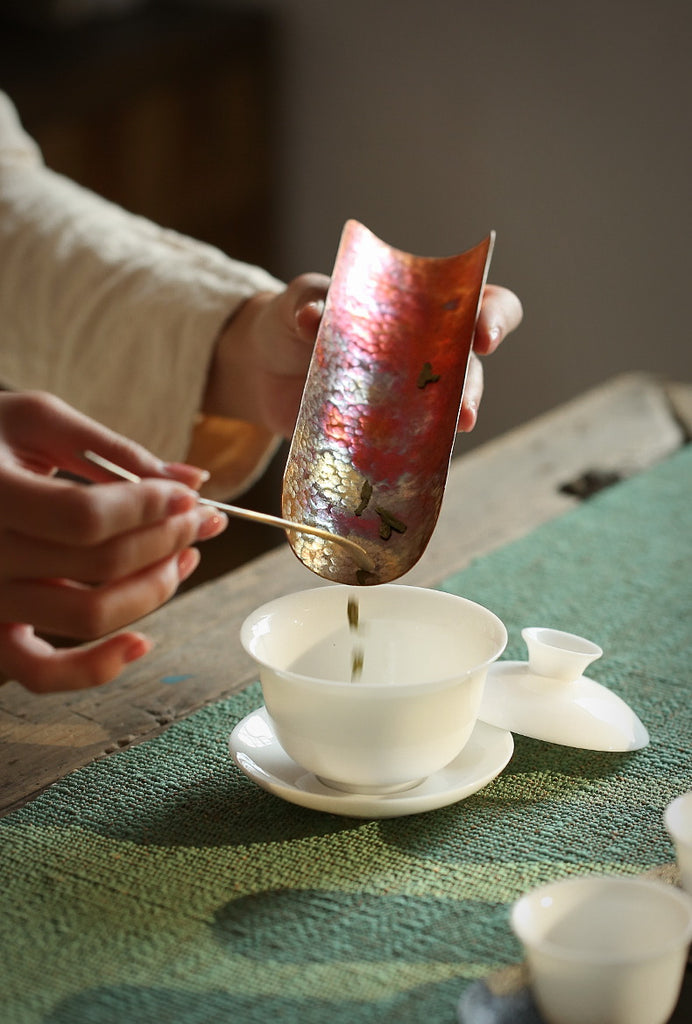
For another example, the orchid fragrance of Tieguanyin variety can't be produced by Benshan and bergamot varieties; the cinnamon fragrance of cinnamon, the "mossy taste" of old fir shuixian, and the "floral and fruity fragrance" of Biluochun are all closely related to their varieties.
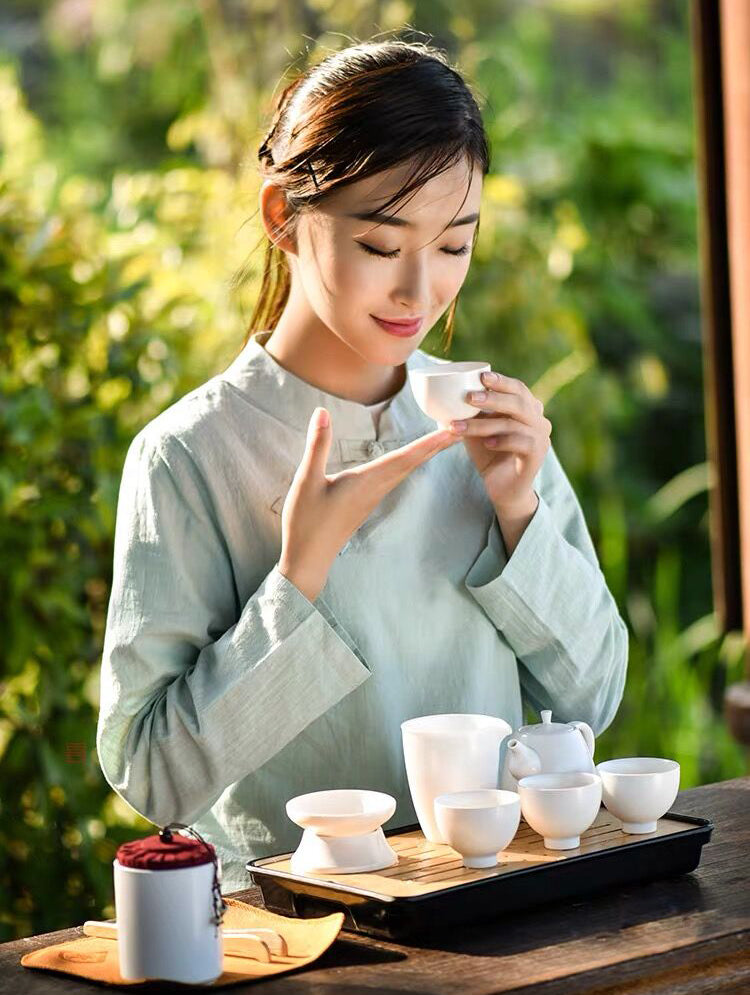
Variety fragrance is the natural breath of tea tree varieties, which is determined by the variety's own unique genetic attributes. When you drink tea, you will find some professional tea people/experienced tea merchants, and sometimes you can speculate on what kind of tea this is based on the aroma alone, and you can drink a lot of characteristics from them.

| Regional Fragrance - A side water and soil raises a side people.
The same variety, such as cinnamon is grown in Zhengyan and Banyan, and the taste of rock tea is different in every aspect. Even in the Zhengyan production area, the three pits and the two streams also have their own styles, and the floral performance of rock bones varies.

In Pu'er tea, the production areas of Banzhang, Iceland, Jingmai and Bohetang are different, and the style is obviously different.

Tea trees in different regions, due to differences in geographical factors such as soil, landform, ecology, and microclimate, will form a unique aroma, that is, "regional fragrance." It is also what we often say "mountain field". The geographical and geographical differences are innate conditions and cannot be changed, so the aroma and taste of tea are different.
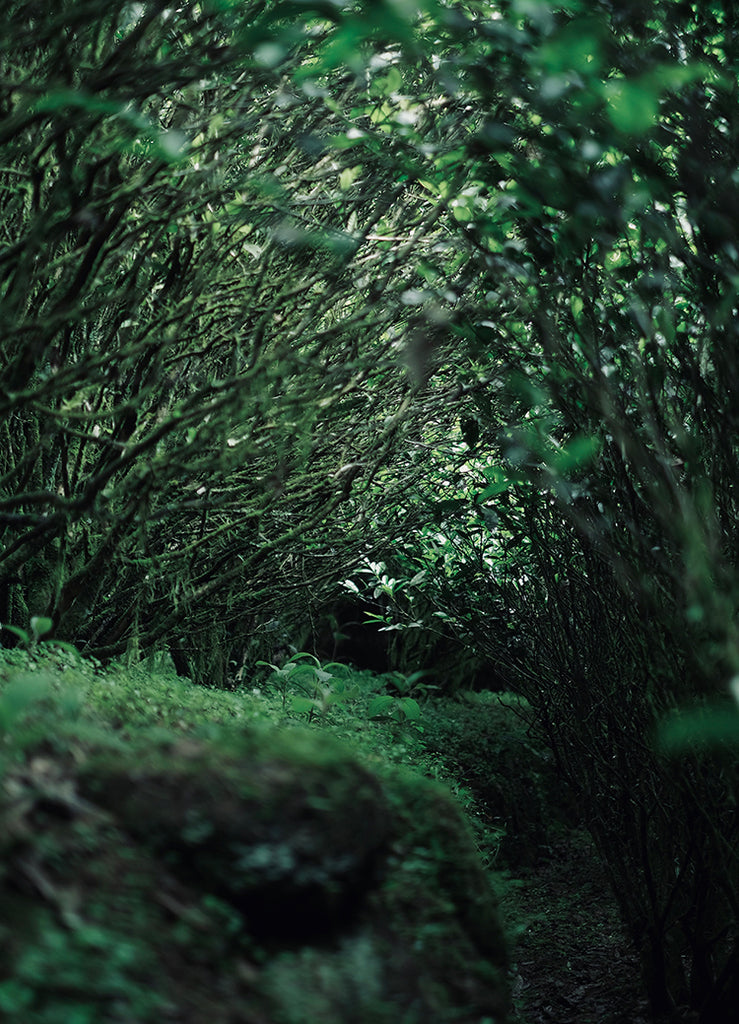
| The aroma of craftsmanship - create a rich and changeable fragrance taste
In addition to the inherent variety and regional fragrances, tea also has a more complex and rich "craft fragrance".
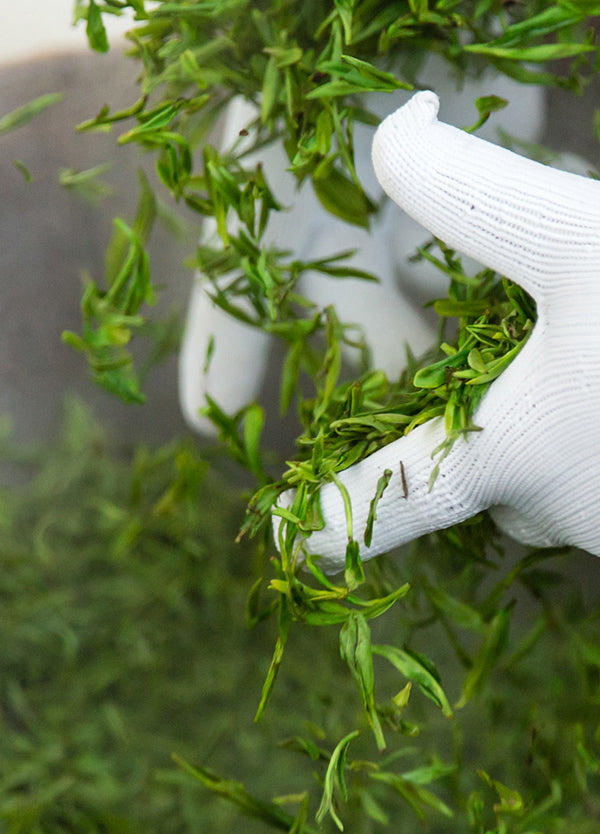
The aroma of craftsmanship is an important part of forming the aroma characteristics of tea, and it is also the aroma that we can feel directly in the process of drinking tea. For example, fried green tea represented by Longjing tea often has dried fruit aromas such as "bean fragrance" and "chestnut aroma", and roasted green steamed green tea often has "clear fragrance" and "tender fragrance".
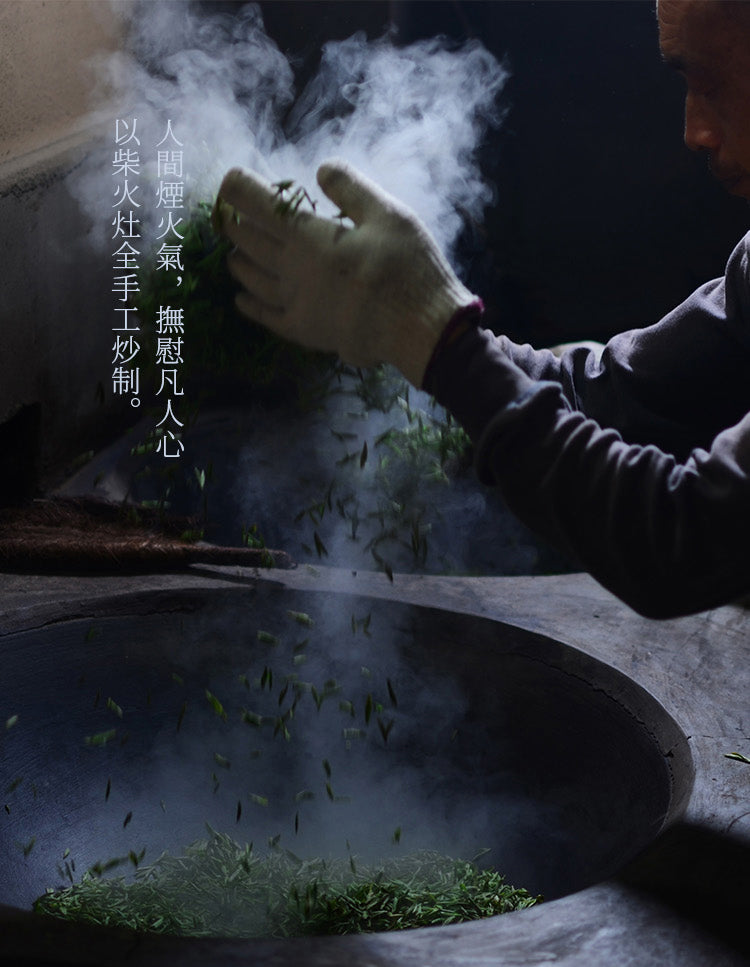
The manufacturing process is different, and the characteristics of the formed aroma are also different. Among the six major types of tea, the aroma of oolong tea is the most abundant and changeable, with more than 600 types of aroma, which is mainly related to its production process.
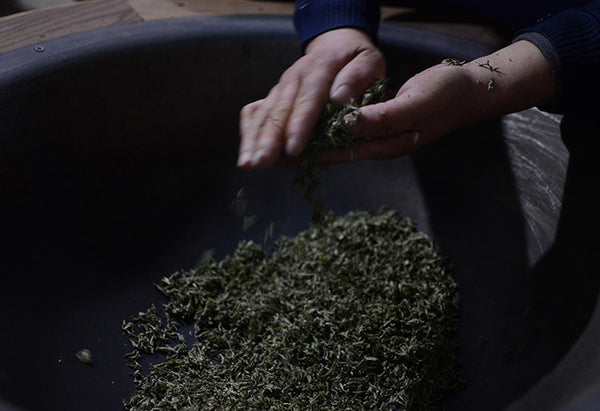
The key link in the production process of oolong tea is Yaoqing. During Zuoqing, fresh leaves collide with each other to promote the oxidation of polyphenolic compounds, and the formation of aromatic substances, different ways of Zuoqing.
At the same time, in its baking and drying process, it will also enhance and develop the aroma. Using different degrees of temperature, the performance of the aroma is also different. If it is light fire baking, it is more floral, while medium and high fire baking is mainly flower and Fruity fragrance, caramel fragrance, pyrotechnic fragrance and other aromas.
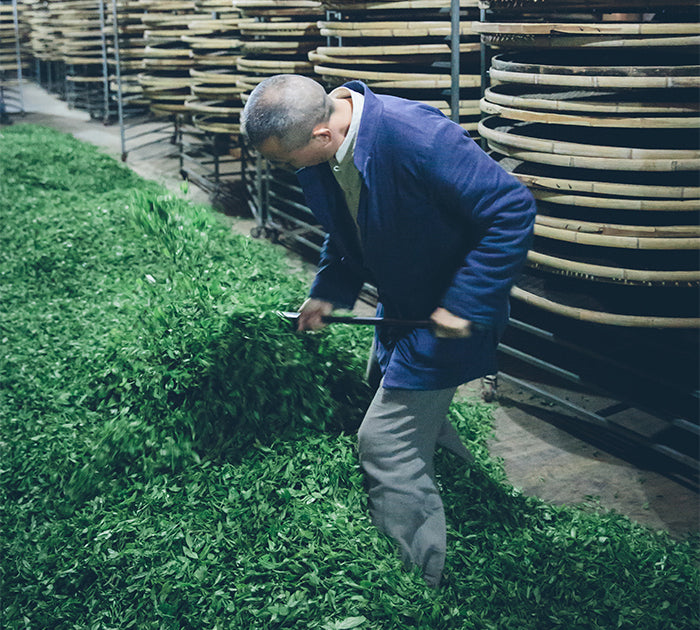
The aroma of tea is a combination of various factors. Variety, regional, and craft aromas constitute the source of tea aroma. Those professional tea guests can parse out many characteristics from the tea aroma but actually start from these angles.
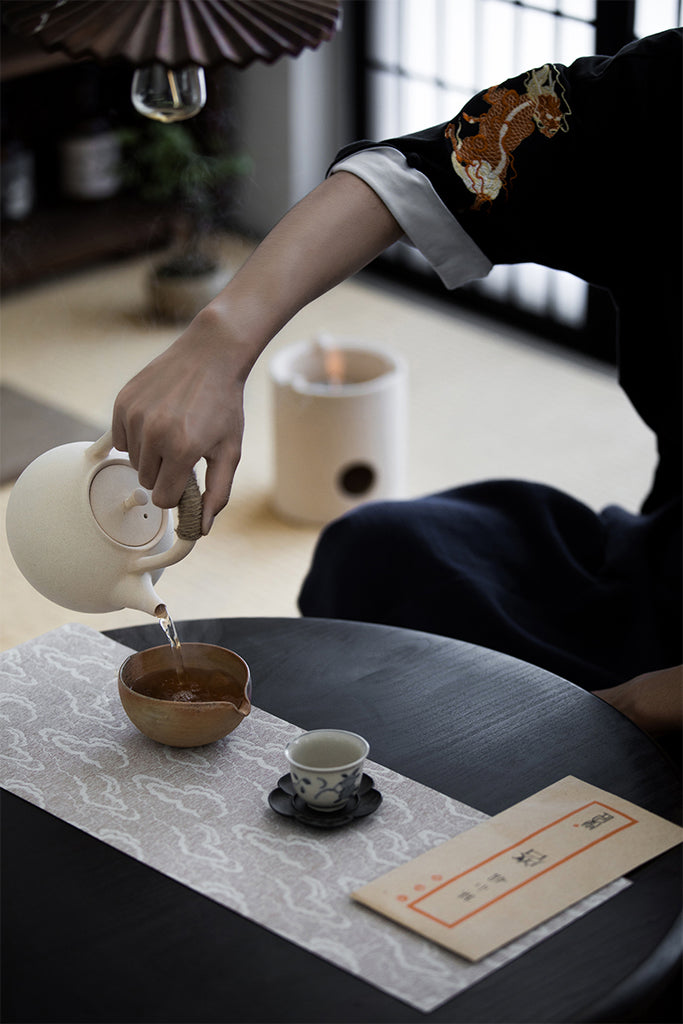
Drink tea more often to pay attention to these points, enrich your sense of aroma sensory experience, and over time you can also recognize the mystery of tea aroma.









